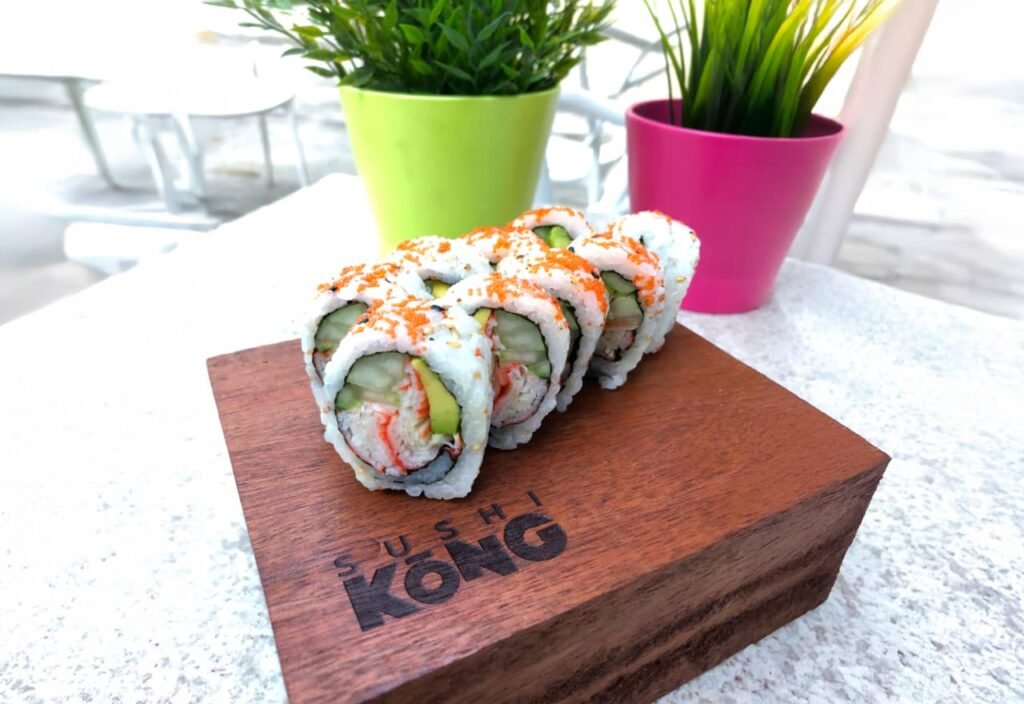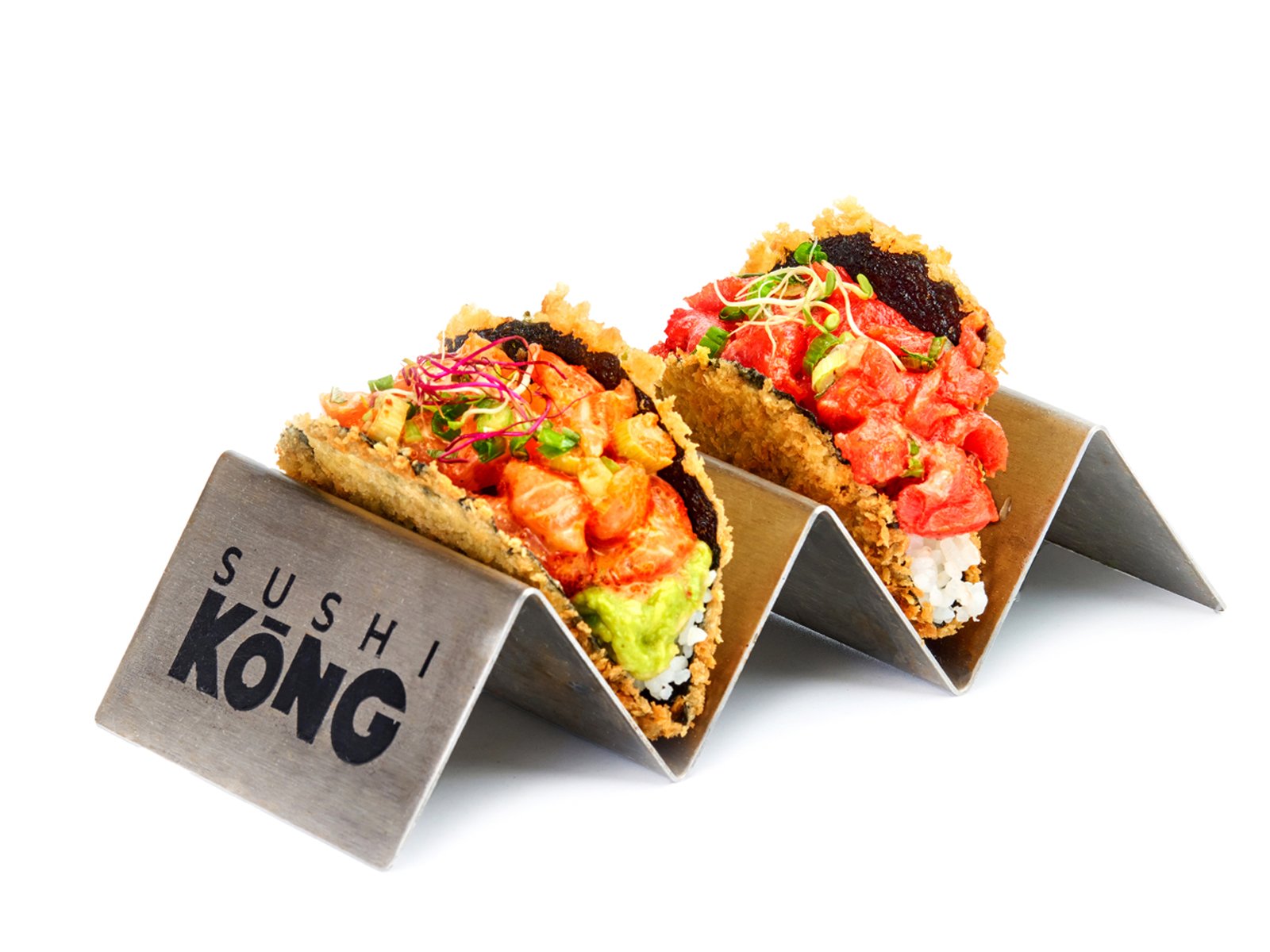Why Sustainability is Important in Sushi
With more environment-conscious people, sushi restaurants have also been changing in a number of ways. They now select ingredients that are grown in an environmentally friendly way, reduce wastage, and employ sustainable materials.
From the fish on the plate to the packaging that delivers it to us, every step can be used to protect the planet while preserving sushi’s artistry.
Along with sustainable sourcing, restaurants are launching green-conscious interiors and plant-based rolls — strategies appealing to green demand and adding an element of innovation to the sushi category.
Sourcing Seafood Sustainably
Seafood is the star of sushi, and more chefs are employing sustainable fisheries. They make use of abundantly-stocked fish stocks responsibly caught and harvested with marine habitats intact.
Another area of concern that arises is traceability — where did the fish originally come from, under what conditions it was caught, and how? That level of information assists in building confidence and facilitating more informed food consumption.
The Rise of Plant-Based Sushi
Vegan sushi rolls are increasingly finding their way onto restaurant menus due to environmental and culinary interests. Trendy chefs are inventing avocado, cucumber, sweet potato, marinated mushroom, and even watermelon “tuna” rolls.
These alternatives have reduced carbon footprints and invite vegans, vegetarians, and the merely curious into the sushi universe — without losing flavor and eye appeal.
Reducing Food Waste in Sushi Restaurants
Sushi
Waste minimization is another fantastic green table function. Chefs nowadays actually reuse fish trimmings into fillings or into broths in order to utilize any ingredient they have to the fullest.
Others give unsold food to local charities, but others still invest in fancy inventory tracking systems to avoid waste. The payoff? Reduced waste, plates with more freshness, and improved community bonds.
Environmental Packaging
Environmental take-out sushi used to require plastic but things are quickly shifting. Biodegradable box packaging, bamboo trays, and even edible covers are replacing single-use plastics these days.
These shifts contribute to the table and are an extension of the restaurant’s sustainability efforts beyond the plate.
Greener Kitchen and Greater Energy Efficiency
Modern sushi kitchens are upgrading to more energy-efficient appliances like low-energy refrigeration appliances and induction cooktops. They are incorporating the use of sunlight and LED lights as a way of conserving electricity.
These benefits extend beyond the environment — reduced operating cost means more dollars available for other green investments.
Local Ingredients: Fresh and Responsible
In Locally grown produce consists of working with local farms, which offers fresher fruit and vegetables, fewer transport emissions, and spurs local agriculture. Often, locally grown vegetables, rice, and herbs taste better and have a lower environmental footprint.
This strategy emphasizes bonding within the local community and adds a distinctive regional taste to every meal.
Sustainable Interior and Design
Sustainable GREEN cuisine goes beyond the menu. Menus are complemented these days by reclaimed woods, fieldstone, and bamboo, integrated with water-efficient materials and low-VOC finishes, and provide sustainable, environmentally-aware settings worthy of their credo.
Educating Tourists about Sustainability
Even some of the sushi outlets provide green meal recommendations to end-consumers themselves, and they provide sustainable alternatives preferentially across menus and event occasions with environmental groups. Such initiatives create an informed consumer market keen on excellent taste and the outdoors. The Future: Sustainability and Style만남<|start_header_id|><|start_header_id|>assistant Sushi is educating the world that Caring about the earth and making cool food are complementary processes indeed. Innovation about sources, reduced waste, and design are going to make the future of sushi cool and sustainable. While in Miami, be sure to go to Sushi KONG and see this reality up close — sustainable, innovative sushi as good for the earth as good for you!




